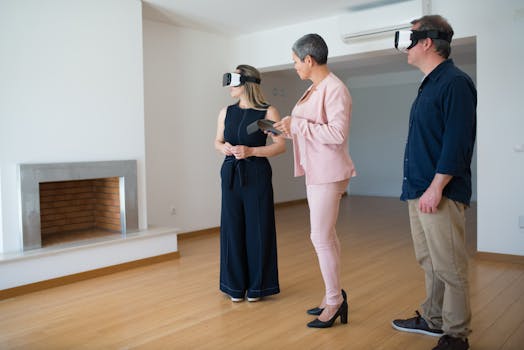
Smart Homes and Smart Living: The Technological Transformation of European Homes by 2025
Smart Homes and Smart Living is revolutionizing the way we live, work, and interact with our living spaces. With the rapid advancement of technology, European homes are undergoing a significant transformation, making them more efficient, convenient, and sustainable. In this article, we will explore the current state of smart homes in Europe, the latest trends and innovations, and what we can expect by 2025.
Introduction to Smart Homes
A smart home is a residence that has been equipped with advanced technology to make it more comfortable, convenient, and energy-efficient. This technology can include devices such as thermostats, lighting systems, security cameras, and home appliances that can be controlled remotely through a smartphone or tablet. The goal of a smart home is to provide a seamless and integrated living experience, where all the devices and systems work together to make life easier and more enjoyable.
Current State of Smart Homes in Europe
Europe is at the forefront of the smart home revolution, with many countries investing heavily in the development and implementation of smart home technology. According to a report by MarketsandMarkets, the European smart home market is expected to grow from $14.6 billion in 2020 to $43.8 billion by 2025, at a Compound Annual Growth Rate (CAGR) of 24.4% during the forecast period.
Latest Trends and Innovations
There are several trends and innovations that are driving the growth of the smart home market in Europe. Some of the key trends include:
- Voice Control: Voice-controlled devices such as Amazon Alexa and Google Home are becoming increasingly popular, allowing residents to control their smart home devices with ease.
- Artificial Intelligence (AI): AI-powered smart home devices are becoming more prevalent, enabling devices to learn and adapt to the habits and preferences of the residents.
- Internet of Things (IoT): The IoT is playing a significant role in the development of smart homes, with more devices being connected to the internet and able to communicate with each other.
- Energy Efficiency: Smart home devices are becoming more energy-efficient, with many devices being designed to optimize energy consumption and reduce waste.
What to Expect by 2025
By 2025, we can expect significant advancements in smart home technology, with many new innovations and trends emerging. Some of the key developments that we can expect include:
- Increased Adoption of Smart Home Devices: As the technology becomes more affordable and accessible, we can expect to see more households adopting smart home devices.
- Greater Integration with Other Technologies: Smart home devices will become more integrated with other technologies, such as wearables, electric vehicles, and other smart devices.
- More Focus on Energy Efficiency and Sustainability: As concern for the environment grows, we can expect to see more smart home devices being designed with energy efficiency and sustainability in mind.
Conclusion
In conclusion, the smart home market in Europe is expected to experience significant growth in the coming years, driven by advances in technology and increasing demand for convenient, efficient, and sustainable living solutions. By 2025, we can expect to see widespread adoption of smart home devices, greater integration with other technologies, and a greater focus on energy efficiency and sustainability.

